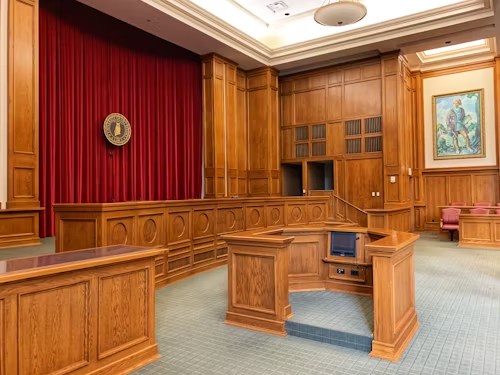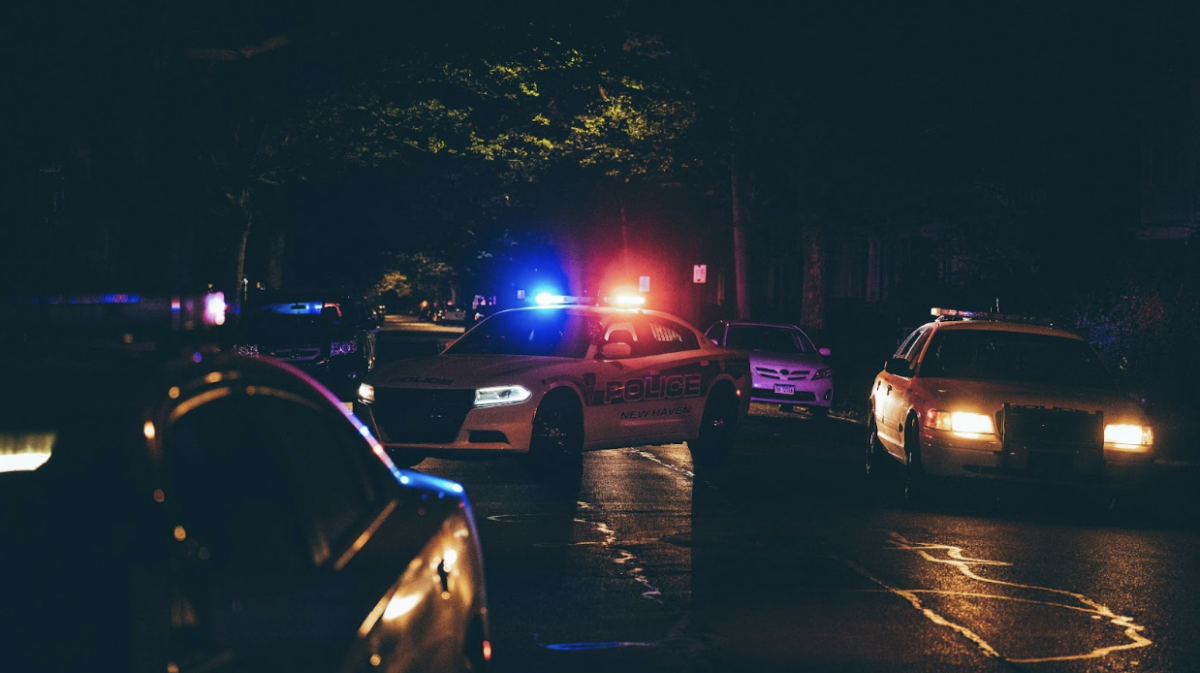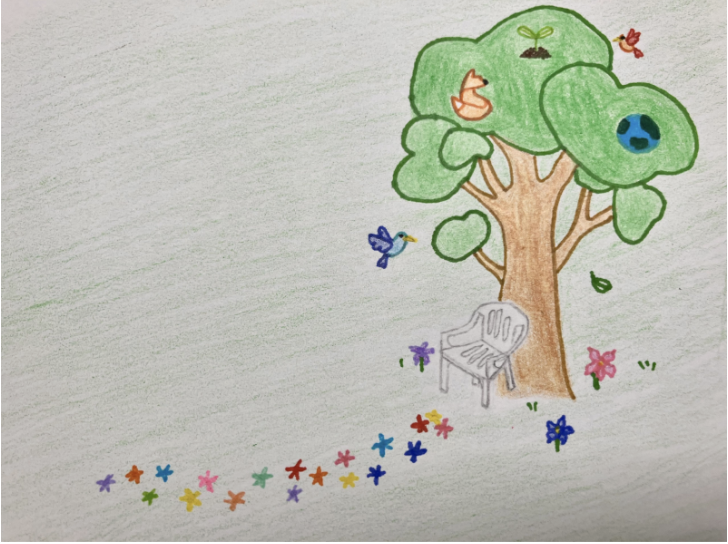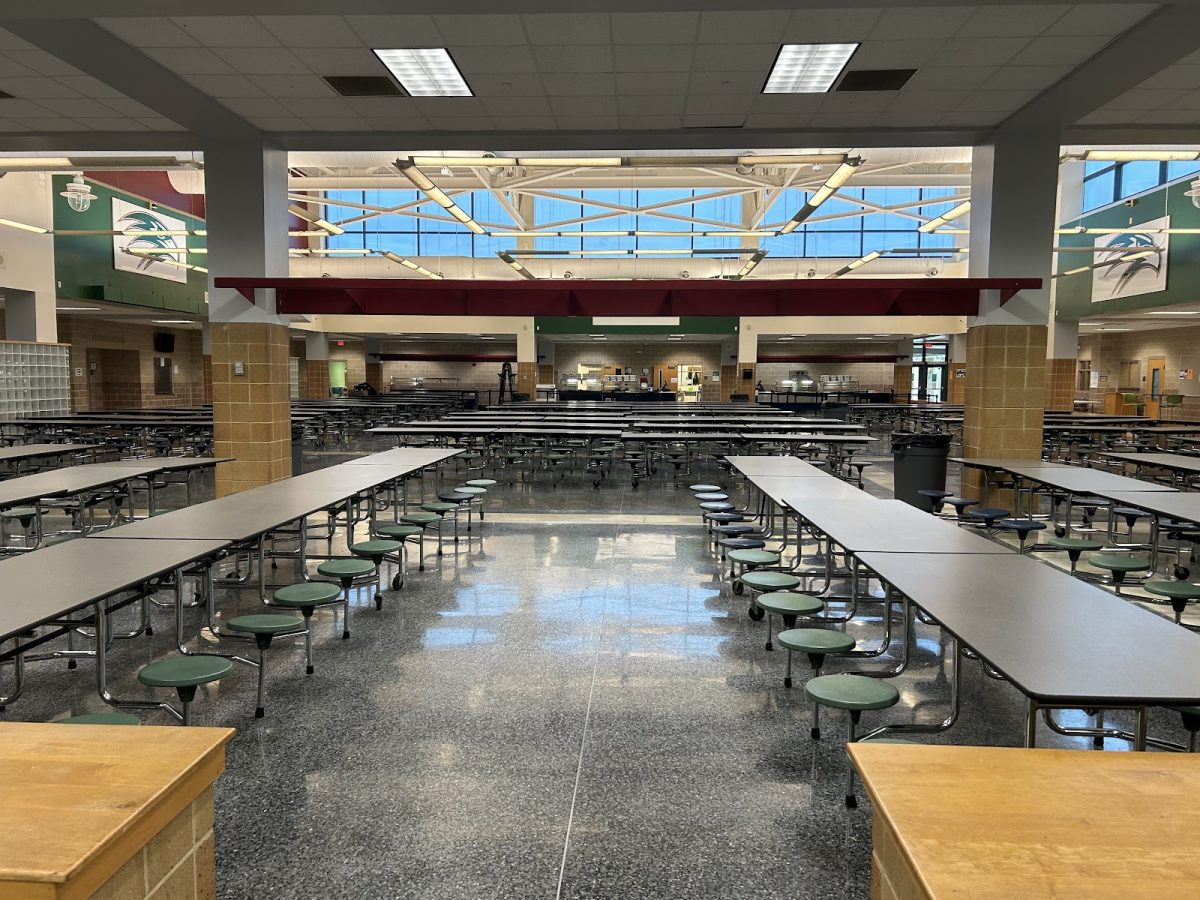At the beginning of Green Hope’s school year the 300 locker bay was closed, which left many students without a place to go during lunch. This isn’t the first time restrictions have been added to where students can go during lunch, it happened last year as well with the closing of almost all of the lockerbays, leaving only the senior lockerbay and 300 lockerbay.
Now at first glance this seems like a lot of places to sit, but is it? Green Hope has over 2,100 students. The commons seat around 1,000, the courtyard holds around 200, and the media center is open to 150 students. That still leaves over 700 students without a set place to go.
The students who couldn’t find a seat in one of those places usually went to the 300 lockerbay, because they were always guaranteed a spot in it, as opposed to going to a classroom, which was usually a fifty-fifty chance of if it would be open or closed.
However, with the 300 lockerbay now being closed most students spend way more time than they should have to trying to find a seat at lunch, and some even resort to sitting on the floor. With the amount of extra seating and overall space available at Green Hope, no student should be left without somewhere to go.
In an interview with Ms. Cleveland, she explained that the closure of the 300 locker bay and other areas was intended to limit the number of locations where students could go during lunch, allowing for better supervision and improved safety. She emphasized that student safety is of the utmost importance and that the school must take proactive measures to ensure it.
When asked about the seating issue at Green Hope High School, Cleveland provided some insights into the situation. She acknowledged that at the beginning of the year there was a slight overcrowding problem due to the influx of around 700 new students. These newcomers were still adjusting to new routines such as figuring out where to go for lunch, understanding the concept of smart lunch, and exploring the available clubs. All of these factors contributed to the overcrowding according to her.
Cleveland noted that as time went on, more students started attending smart lunches and joining clubs. This increased participation helped dull the overcrowding issue. She mentioned that they haven’t really noticed it being overcrowded since then, indicating that the situation has improved over time.
Additionally, Cleveland highlighted that there is a contingency plan in place for days with unfavorable weather conditions like rain or extreme cold. On such days, students are provided with additional seating options. However, she clarified that this plan primarily involves a shift in staff supervision rather than creating new seating areas.
Xavier Tulluri (‘25) and Jared Crump (‘27) have both expressed concerns about the seating situation. According to Xavier, he spends most of A-Half looking for a seat, indicating that there is at least somewhat of a seating issue. He suggests that allowing students to return to previous seating areas, such as the locker bays, could help alleviate this issue.
Jared, on the other hand, typically sits outside, but notes that it can be a competition to secure a spot and that if they cannot find a seat outside, they may end up sitting on the floor or a curb.
The concerns brought up by these two regarding the seating issue need to be addressed. The potential solution which Xavier brought up, allowing students to return to previous seating areas, is a solid solution to the problem at hand.
The return of even just one lockerbay would allow for hundreds of students to have a place to go. Without the extra capacity of a lockerbay, areas such as the hallways have seen an increase in congestion during lunch.
Additionally, having a place to go can contribute to the overall well-being and mental health of students. Lunch breaks are essential for students to recharge before continuing with their academic responsibilities. Having a designated space where they can unwind and take a break can help reduce stress levels and promote mental relaxation. If students are having to spend a chunk of that time searching for a place to go, it reduces the break that students have, which in turn leads to increased stress.
With the concern of students and a solution that benefits both students and staff, a seating issue should not be a problem.












































































